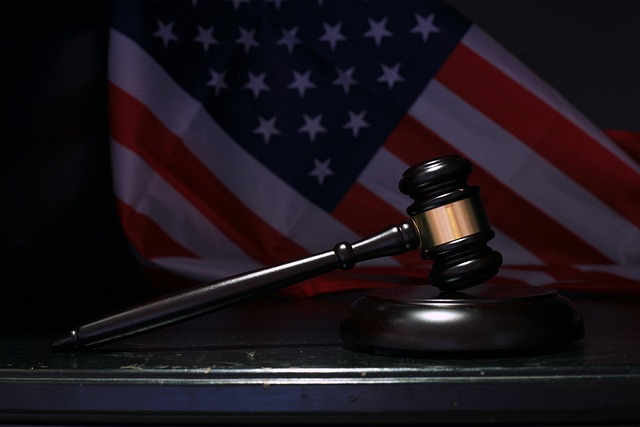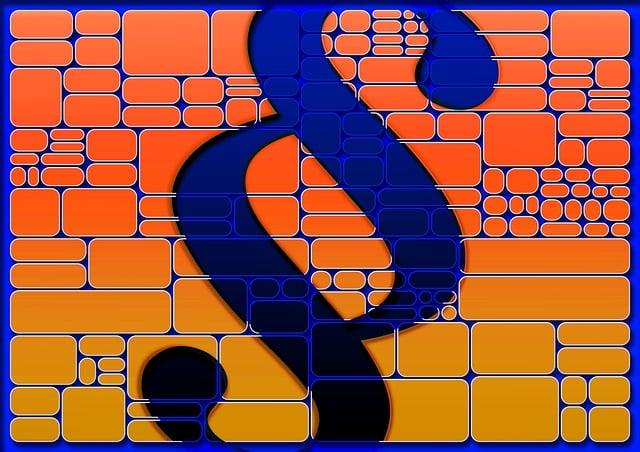The Civil Litigation Process for Patent Infringement involves a series of legal steps from complaint to appeals, requiring understanding of technical and legal complexities. Defendants must navigate rights and defenses, focusing on civil penalties and damages rather than criminal charges. Key aspects include detailed documentation, evidence organization, regulatory compliance, proactive risk assessment, and a robust white-collar defense strategy.
Regulatory compliance is a complex web, especially in the realm of patents. This article guides you through the intricate nuances of the civil litigation process for patent infringement, offering valuable insights into navigating legal proceedings with strategic defenses. We delve into understanding key concepts like patent infringement claims and essential evidence requirements. By exploring these aspects, businesses can fortify their compliance strategies, ensuring they remain within regulatory boundaries.
- Understanding Patent Infringement Claims
- Navigating Legal Proceedings in Civil Litigation
- Key Evidence and Documentation Requirements
- Strategies for Effective Compliance Defense
Understanding Patent Infringement Claims

Patent infringement claims are a significant aspect of intellectual property disputes that often require careful navigation through complex legal territories. These claims involve allegations where an individual or entity has used, manufactured, sold, or imported a patented invention without the owner’s permission, violating their exclusive rights. Understanding these accusations is crucial in the civil litigation process for patent infringement. The accused must comprehend the specifics of the claim, including the alleged infringing product or practice and its connection to the patented technology.
The Civil Litigation Process for Patent Infringement typically involves several steps: initial complaint, discovery, pre-trial motions, trial, and potential appeals. It’s not uncommon for these cases to delve into intricate technical details and legal nuances, especially when addressing white collar and economic crimes. A robust general criminal defense strategy is vital for clients facing such accusations, ensuring their rights are protected throughout the process.
Navigating Legal Proceedings in Civil Litigation

Navigating legal proceedings in civil litigation, especially for patent infringement cases, involves a complex dance through various stages. The Civil Litigation Process for Patent Infringement is meticulously designed to protect the rights of both corporate and individual clients accused of misusing intellectual property. It commences with the filing of a complaint by the patent holder, followed by service of process on the defendant(s).
Throughout all stages of the investigative and enforcement process, defendants have opportunities to respond, challenge the allegations, and defend their position. This can include motions to dismiss, answers to the complaint, and various discovery requests aimed at uncovering evidence that supports or refutes the patent infringement claims. The general criminal defense strategies may be employed, but the focus is on defending against civil penalties and damages rather than criminal charges.
Key Evidence and Documentation Requirements

In the Civil Litigation Process for Patent Infringement, key evidence and documentation requirements are paramount to building a strong case. This includes detailed records of patent ownership, licensing agreements, sales data, and any correspondence related to the accused product or service. Demonstrating clear infringement, often involving complex technical details, relies heavily on these documents.
For high-stakes cases, where achieving extraordinary results is crucial, meticulous documentation can make all the difference. It aids in presenting a compelling argument, especially when navigating intricate legal procedures and facing aggressive general criminal defense strategies. Ensuring that all evidence is well-organized, authenticated, and relevant is essential to prevailing in such litigations.
Strategies for Effective Compliance Defense

Staying ahead of regulatory compliance issues is a strategic necessity for any respective business operating within complex legal landscapes. One of the key strategies in defending against potential non-compliance allegations, especially in cases of patent infringement, is proactive risk assessment and management. By anticipating potential pitfalls and implementing robust internal controls, businesses can significantly mitigate the risk of civil litigation processes. This involves regular reviews of current practices, staying informed about industry-specific regulations, and fostering a culture of compliance awareness among employees.
Moreover, building a strong white-collar defense strategy is crucial in navigating the Civil Litigation Process for Patent Infringement. This includes meticulous documentation of all business operations, ensuring transparency, and implementing systems that track intellectual property rights. Avoiding indictment requires a comprehensive understanding of legal boundaries and proactive measures to safeguard against unintentional infringements. Effective communication between legal experts and business leaders is essential to ensure that practices remain compliant while fostering innovation.
In navigating the complex landscape of patent infringement, understanding regulatory compliance issues is paramount. By grasping key concepts like patent infringment claims, legal proceedings in civil litigation, evidence documentation requirements, and effective defense strategies, companies can better protect their intellectual property. The Civil Litigation Process for Patent Infringement offers a structured approach to addressing these challenges, ensuring that organizations maintain robust compliance while safeguarding their innovations in today’s competitive market.






